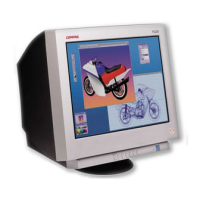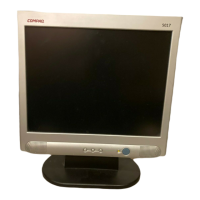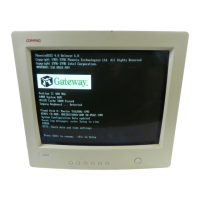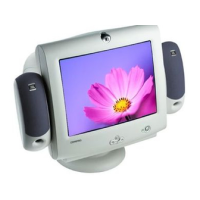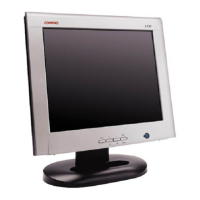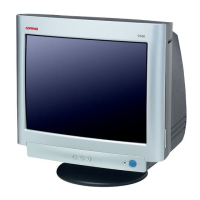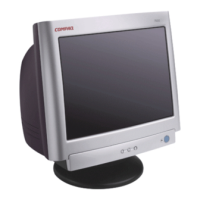How to fix no picture on my Compaq Monitor?
- Ffrank18Jul 30, 2025
If your Compaq Monitor shows no picture, it might be due to a few reasons. First, check if the AC power cord is disconnected and ensure the power switch is on. Also, verify that the signal cable is properly connected. Another possibility is that the power management function is active; try pressing any key on the keyboard or moving the mouse to wake the monitor.
